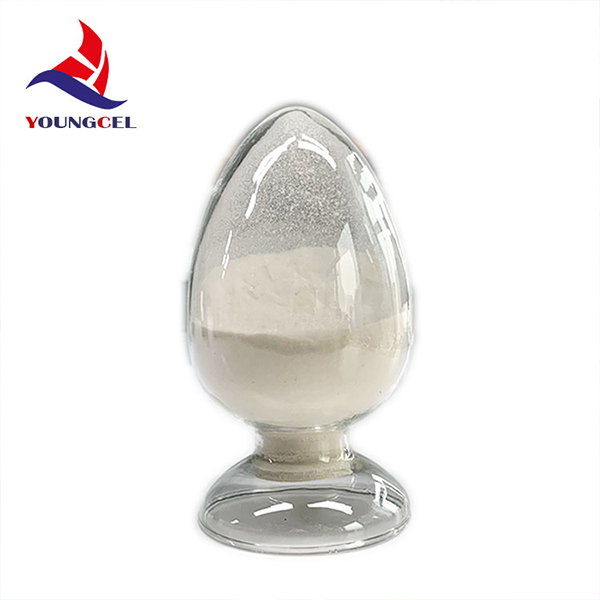Understanding HPMC A Key Component in Chemical Applications
Hydroxypropyl methylcellulose (HPMC) is a versatile compound that plays a significant role in various industries, particularly in the fields of pharmaceuticals, food, and construction. As a cellulose ether, HPMC has been widely acknowledged for its remarkable properties, including film-forming abilities, thickening, and emulsifying characteristics, making it an indispensable ingredient in many formulations.
1. Chemical Composition and Structure
HPMC is derived from natural cellulose, which is extracted from plant fibers. Through a series of chemical processes, cellulose is modified to introduce hydroxypropyl and methoxy groups. This modification not only enhances the solubility of cellulose in water but also improves its performance in various applications. HPMC appears as a white to off-white powder, and its solubility can vary significantly based on the degree of substitution and molecular weight.
2. Applications in Pharmaceuticals
In the pharmaceutical industry, HPMC is primarily used as a binder and film-forming agent in tablet formulations. Its ability to form gels in the presence of water allows for controlled drug release, which is crucial for developing sustained-release medications. HPMC helps in improving the stability of active ingredients while enhancing the overall bioavailability of drugs. Additionally, it is utilized in the production of capsules and as a thickening agent in liquid formulations.
3. Role in Food and Beverage
chemic hpmc

In the food sector, HPMC serves multiple functions. It is used as a thickener, emulsifier, and stabilizer in various products such as sauces, soups, and dairy items. The ability of HPMC to retain moisture helps in extending the shelf life of food products while maintaining the desired texture. Moreover, it is considered a suitable ingredient for gluten-free products, as it improves the consistency and mouthfeel often lost in gluten-free formulations.
4. Applications in Construction
HPMC has found its place in the construction industry as well. It is frequently used in cement-based products, such as plaster, joint compounds, and tile adhesives. Its water-retentive properties ensure that the materials remain workable for longer periods, allowing for improved adhesion and finish. Additionally, HPMC contributes to the strength and durability of the construction materials, making them more resilient to various environmental conditions.
5. Environmental Considerations
As a cellulose derivative, HPMC is considered a biodegradable compound, making it more environmentally friendly compared to synthetic polymers. However, the production process and the sourcing of raw materials must be managed responsibly to minimize ecological impact. Increasing awareness regarding sustainability prompts manufacturers to seek greener alternatives and improve production methods.
6. Conclusion
In summary, HPMC is a multifunctional chemical compound that has wide-ranging applications across several industries. Its unique properties make it an essential ingredient in pharmaceutical, food, and construction products. As industries continue to innovate and seek sustainable solutions, the demand for HPMC is likely to grow, paving the way for new applications and advancements in its utilization. Understanding the significance of HPMC aids in recognizing its profound impact on modern formulations and product development. Its role not only enhances product performance but also supports the broader goal of sustainability within various sectors.






